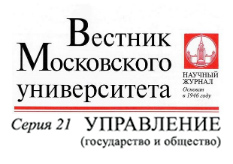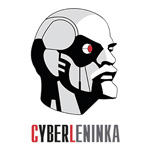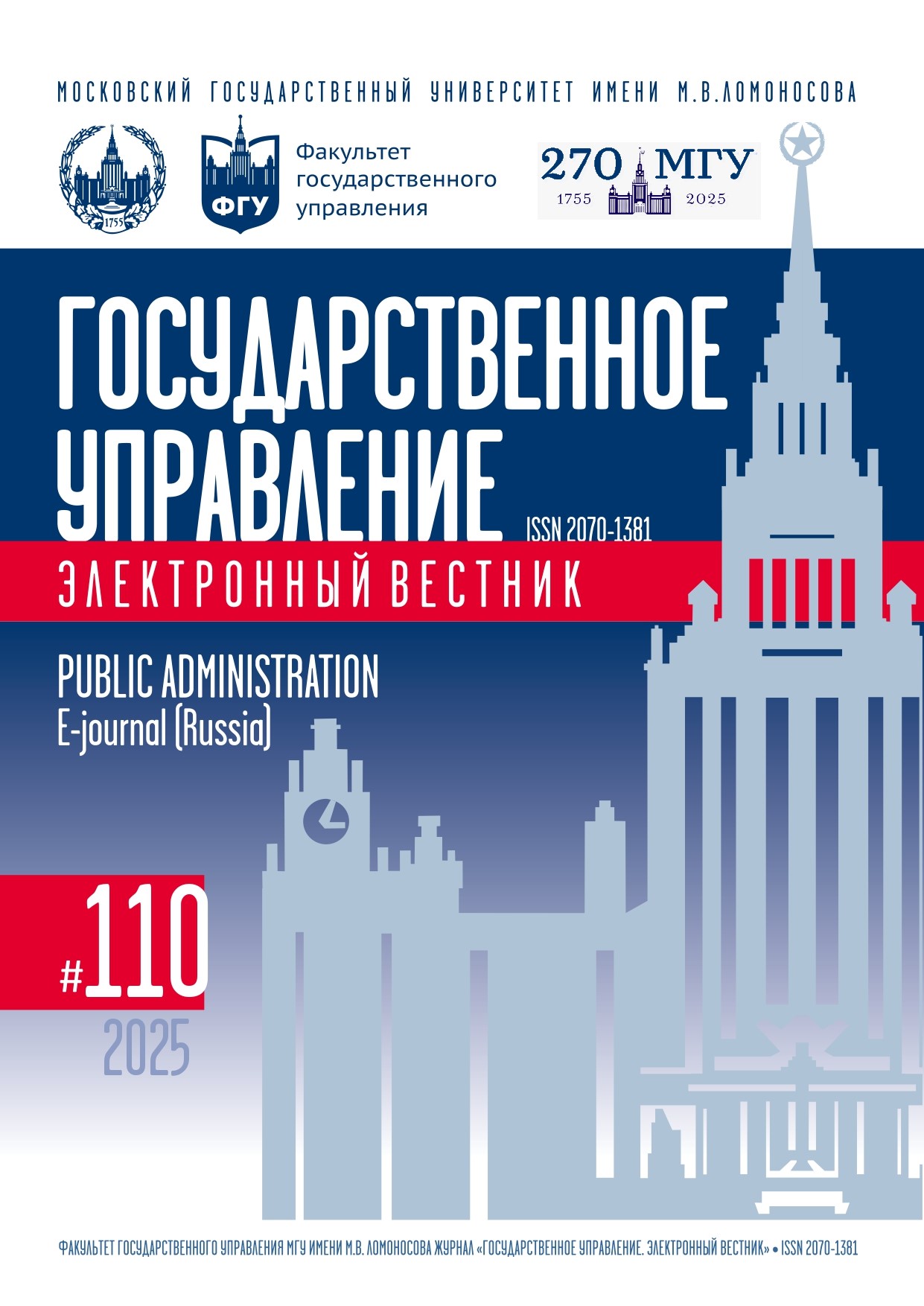Evolution of Interaction Mechanisms between the USSR and the BSSR to Eliminate Consequences of the Chernobyl Disaster
DOI:
https://doi.org/10.55959/MSU2070-1381-110-2025-21-33Keywords:
Chernobyl nuclear power plant, Belorussian SSR, USSR, Mikhail Gorbachev, Perestroika.Abstract
The article examines the problem of communication between the Belorussian SSR (BSSR) and the Union center on the issue of eliminating the consequences of the Chernobyl disaster in the dynamically changing political conditions of Perestroika. The Chernobyl disaster had a strong impact on the economic and political state of the country and society, as well as on the system of public administration and relations between the union center and the leadership of the BSSR. The process of these changes can be divided into three stages: 1986, in which the Union center played a key role in making decisions to eliminate the consequences of the disaster; 1987-1988, when the first prerequisites for a greater role of the republic in this matter began to take shape, and 1989-1991, when the republic tried to implement its supply standards in the union departments. At the first stage, the Union Government Commission and the Operational Group of the Politburo of the Central Committee of the CPSU were the determining force in the liquidation of the accident, supplying the necessary funds and materials to the affected regions, mobilizing the resources of the USSR. In the second stage, against the background of the democratization of socio-political relations, the BSSR began to formulate requests in excess of allied supplies. Finally, at the third stage, the BSSR created a program to eliminate the consequences of the disaster at the Chernobyl nuclear power plant, which covered a wide range of needs in the affected territories and required new capital investments. Initially, in 1989, the initiative in relations with the union center was in the hands of the republic, but under the influence of republican programs, the center formulated its own program to eliminate the consequences of the disaster, which was guided by the disintegration of the USSR in 1991. As a result, it is concluded that despite the initial supply of everything necessary to the BSSR and the change in the relationship between the center and the leadership of the BSSR, by the early 90s, political instability in the Soviet Union did not allow the union center to fully implement its obligations.
References
Борисов Н.Е. Действия руководства Чернобыльской АЭС и города Припяти по обеспечению безопасности персонала и населения в первые часы после аварии. // СКИФ. Вопросы студенческой науки. 2022. № 6(70). С. 45–51.
Борисов Н.Е. Управление ситуацией на Чернобыльской АЭС в ночь аварии 26 апреля 1986 г. // СКИФ. Вопросы студенческой науки. 2023. № 12(88). С. 448–453.
Демичев Д.М. Чернобыльская катастрофа: государственно-правовые проблемы преодоления последствий. Минск: Экоинформ, 1997.
Демичев Д.М. Деятельность органов местного управления и самоуправления Беларуси по минимизации последствий Чернобыльской катастрофы // Teise. 2018. Т. 106. С. 190–197. DOI: 10.15388/Teise.2018.106.11661
Ильин Л.А. Реалии и мифы Чернобыля. М.: «ALARA Limited», 1996.
Рыжков Н.И. Перестройка: история предательств. М.: Новости, 1992.
Соловьев С.М., Кудряков Н.Н., Субботин Д.В. Валерий Легасов: высвечено Чернобылем. М.: АСТ, 2023.
Тогобицкий И.А. Немой набат, паника // Чернобыль. Катастрофа, подвиг, уроки и выводы / под ред. А.А. Дьяченко. М.: Интер-Весы, 1996. С. 131–137.
Токарев Н. Участие НАН Беларуси в ликвидации последствий аварии на ЧАЭС // Наука и инновации. 2016. № 4(158). С. 70–72.
Bouville A., Likhtarev I.A., Kovgan L.N., Minenko V.F., Shinkarev S.M., Drozdovitch V.V. Radiation Dosimetry for Highly Contaminated Ukrainian, Belarusian and Russian Populations, and for Less Contaminated Populations in Europe // Health Physics. 2007. Vol. 93. Is. 5. P. 487–501. DOI: 10.1097/01.HP.0000279019.23900.62
Drozdovitch V.V. Thyroid Doses of the Population after the Chernobyl Accident // Journal of the Belarusian State University. Ecology. 2022. Is. 1. P. 46–55. DOI: 10.46646/2521-683X/2022-1-46-55
Higginbotham A. Midnight in Chernobyl the Untold Story of the Worldʼs Greatest Nuclear Disaster. New York, London: Simon & Schuster, 2019.
Downloads
Published
Issue
Section
Categories
Similar Articles
- Pavel A. Boev, National Movement Formation in the BSSR and Its Position on the Union State Preservation in 1988–1989 , Public Administration. E-journal (Russia): No. 106 (2024)
- Sergey M. Nikonorov, Anastasiia N. Kulikova, Floating Nuclear Power Plant as a Driver for the Sustainable Development of Arctic Cities (on the Example of Pevek) , Public Administration. E-journal (Russia): No. 107 (2024)
- Alexander V. Sidorov, The Last Foreign Visit of the USSR President Mikhail Gorbachev , Public Administration. E-journal (Russia): No. 100 (2023)
- Alexander V. Sidorov, Growing Crisis in the USSR Economy: An Assessment by the Country’s Leadership (Autumn 1989) , Public Administration. E-journal (Russia): No. 87 (2021)
- Evgeniy I. Volgin, Review of the Book by V.M. Zubok "Collapse. The Fall of the Soviet Union” , Public Administration. E-journal (Russia): No. 104 (2024)
- Nikolay V. Gorin, Nadezhda L. Abramova, Svetlana V. Nechaeva, Olga S. Golovikhina, Fostering Respectful Attitude towards Nuclear Industry , Public Administration. E-journal (Russia): No. 87 (2021)
- Alexander A. Kurdin, Svyatoslav V. Pikh, Features of Industrial Policy in the Russian Nuclear Industry , Public Administration. E-journal (Russia): No. 84 (2021)
- Mikhail S. Filatov, Historical Experience of Applying the Principles of the Right of Peoples to Self-Determination and the Territorial Integrity of States on the Territory of the Post-Soviet Space , Public Administration. E-journal (Russia): No. 102 (2024)
- Maxim B. Nazarenko, Prospects for Economic Development of the USSR in Pre-Perestroika Period as Assessed by Foreign Analysts , Public Administration. E-journal (Russia): No. 91 (2022)
- Anna E. Shtoda, Soviet Participation in Construction of Indian Metallurgical Plants , Public Administration. E-journal (Russia): No. 97 (2023)
You may also start an advanced similarity search for this article.




